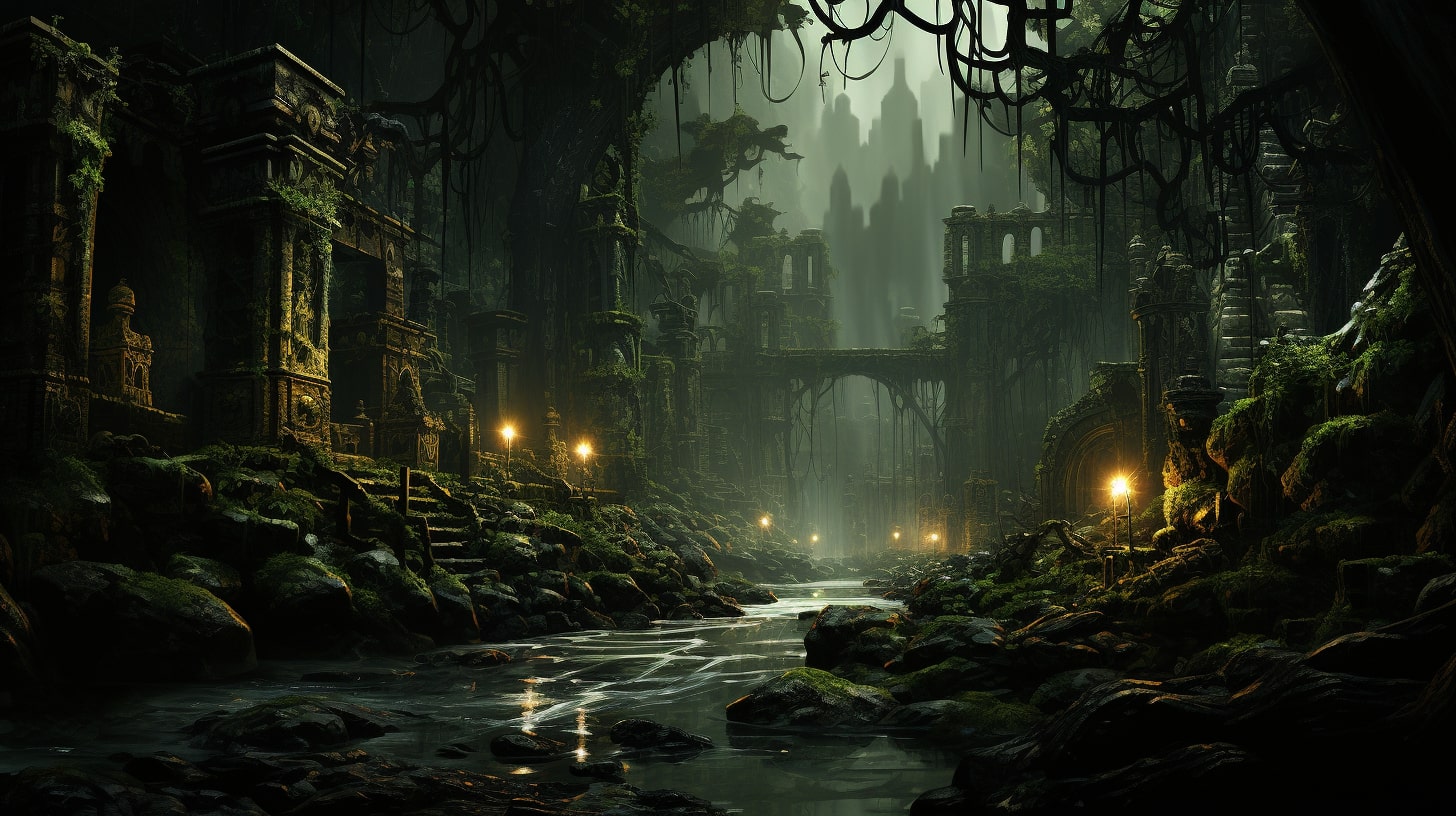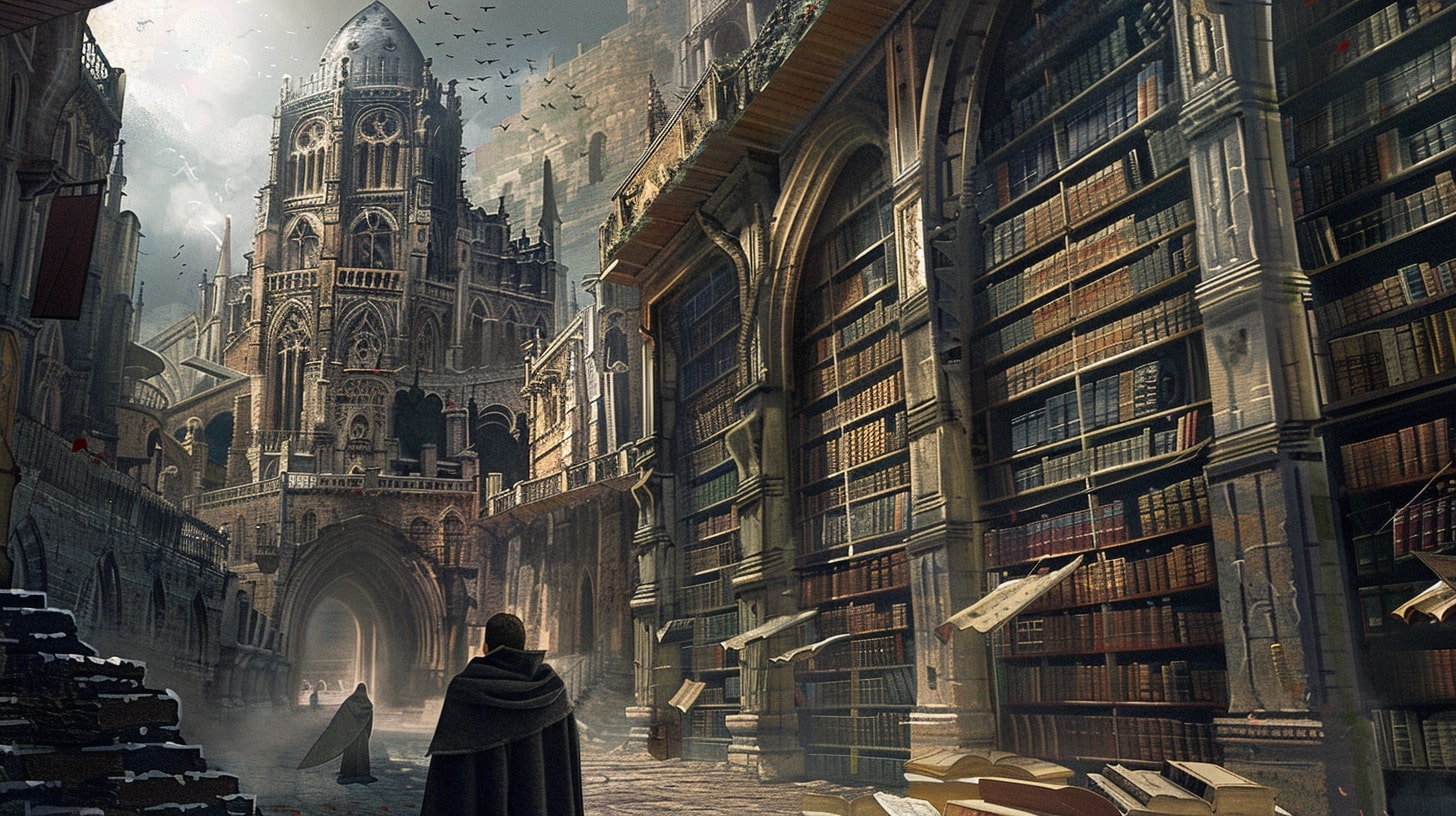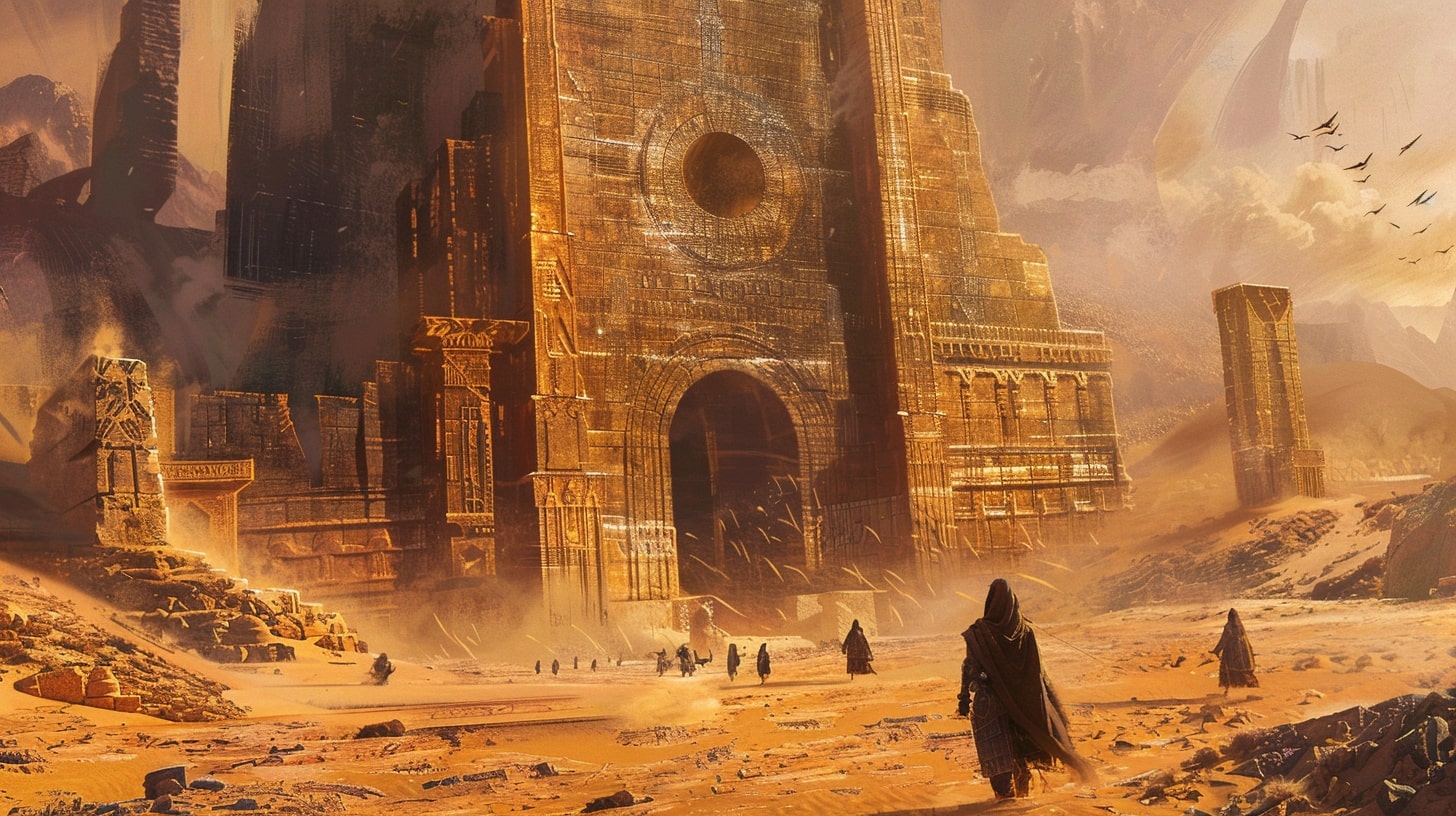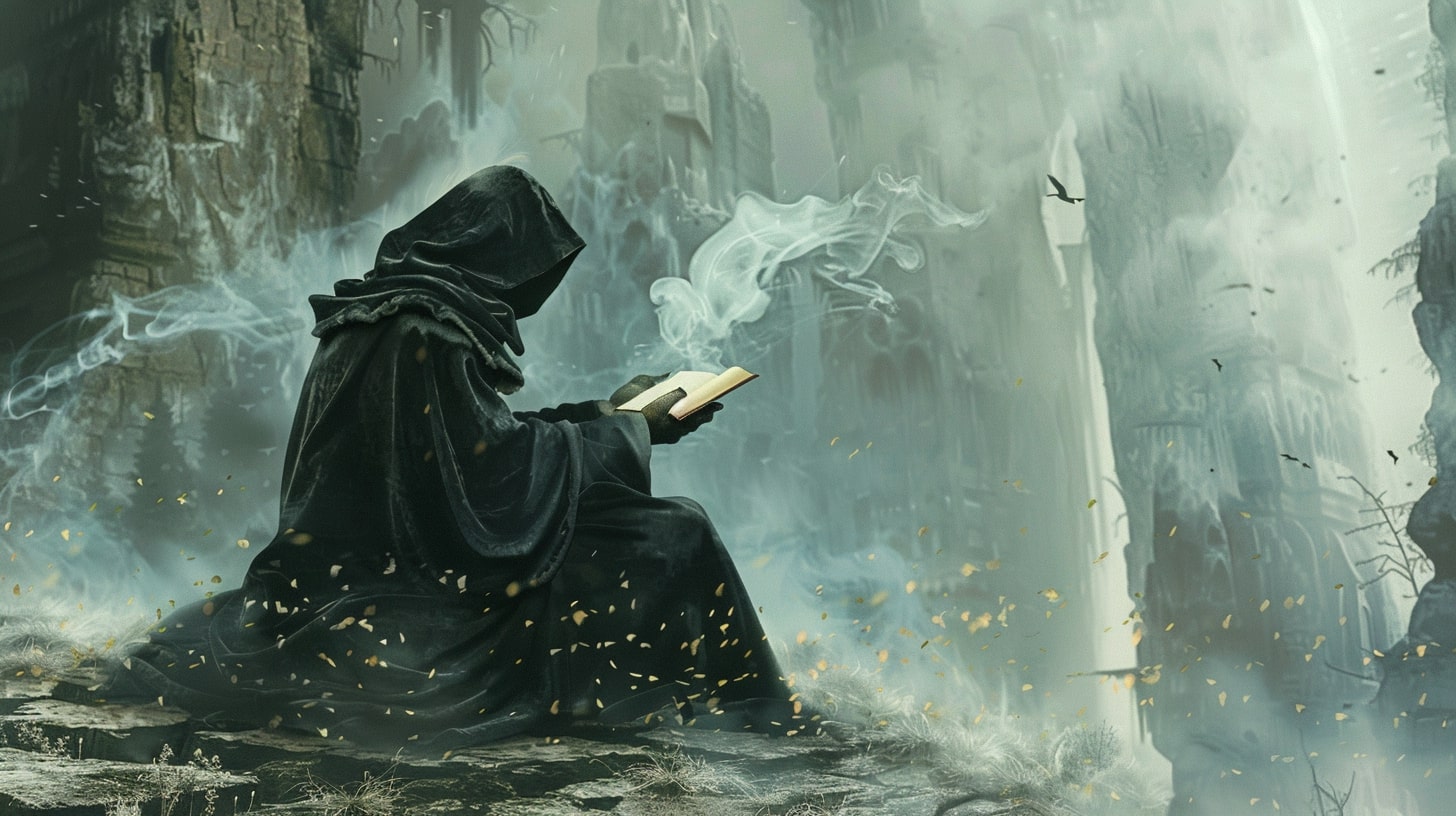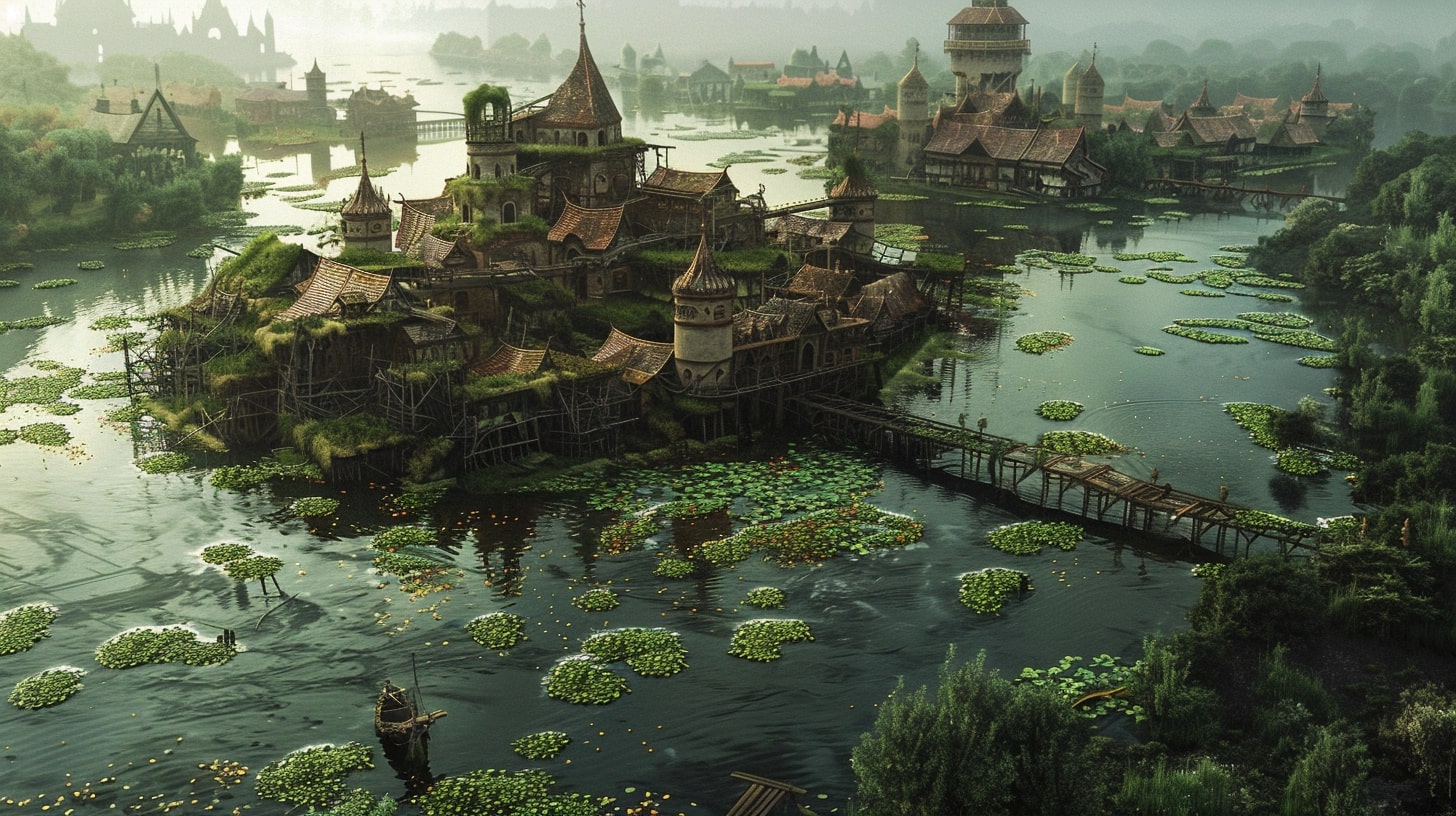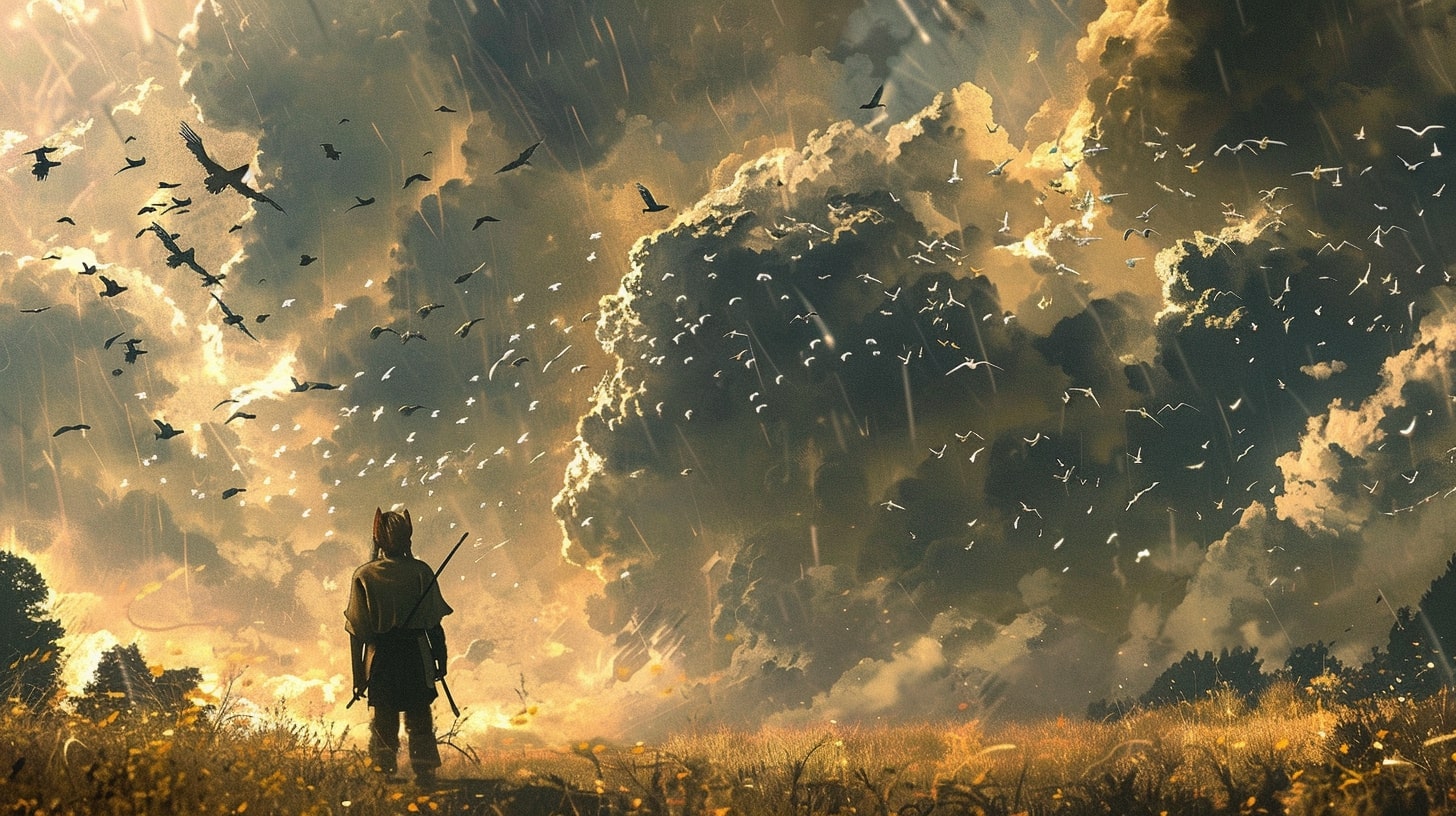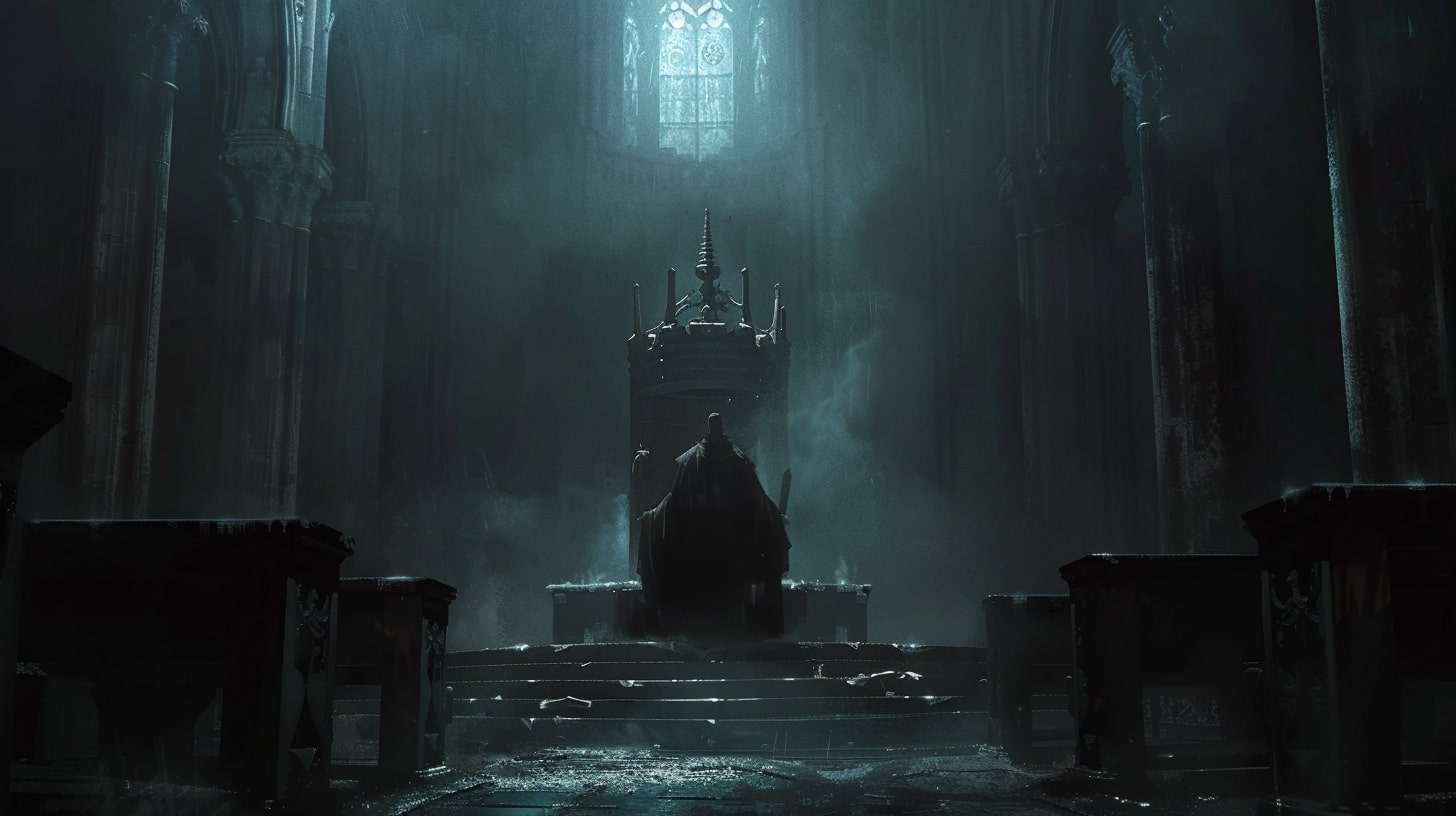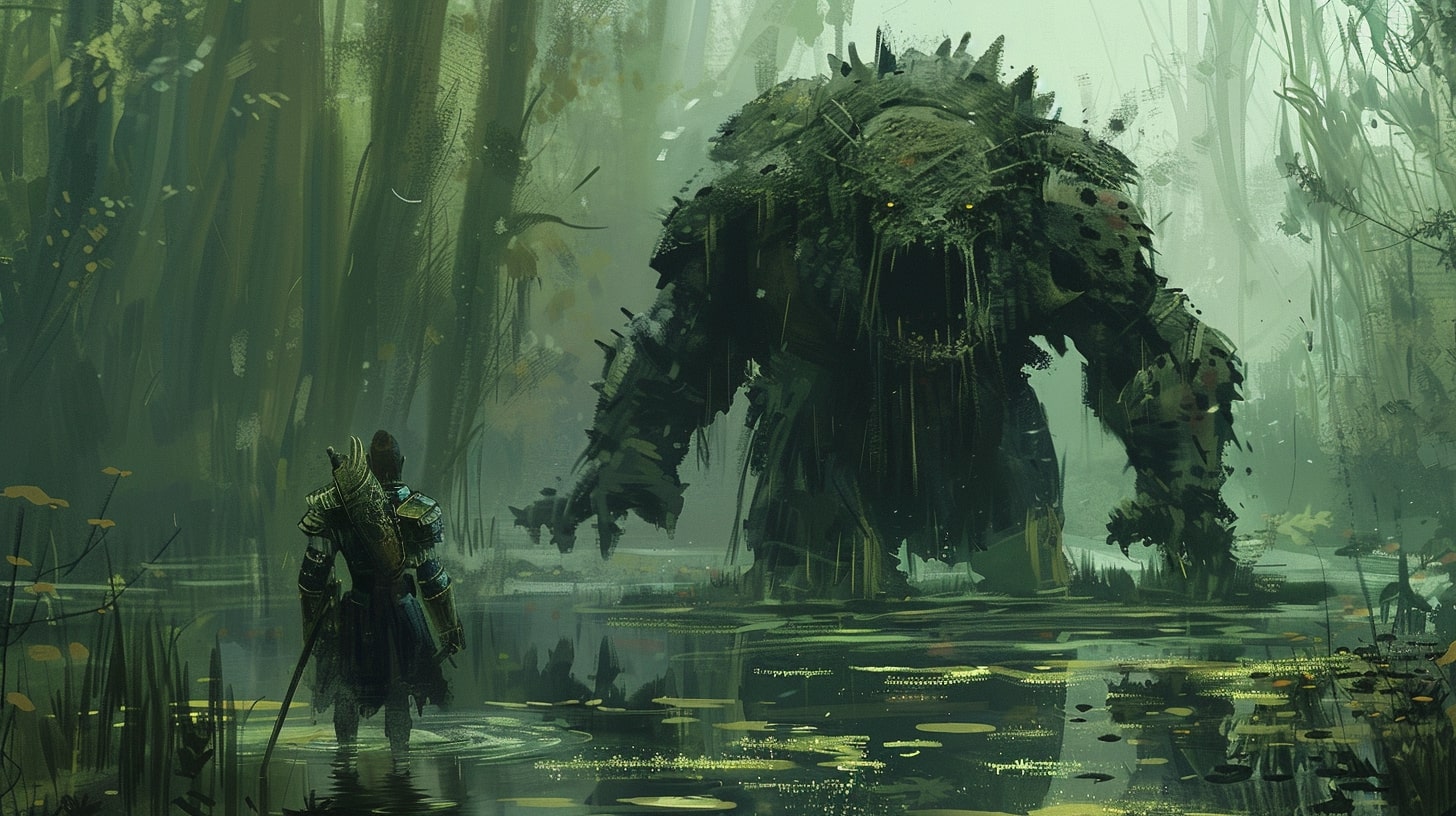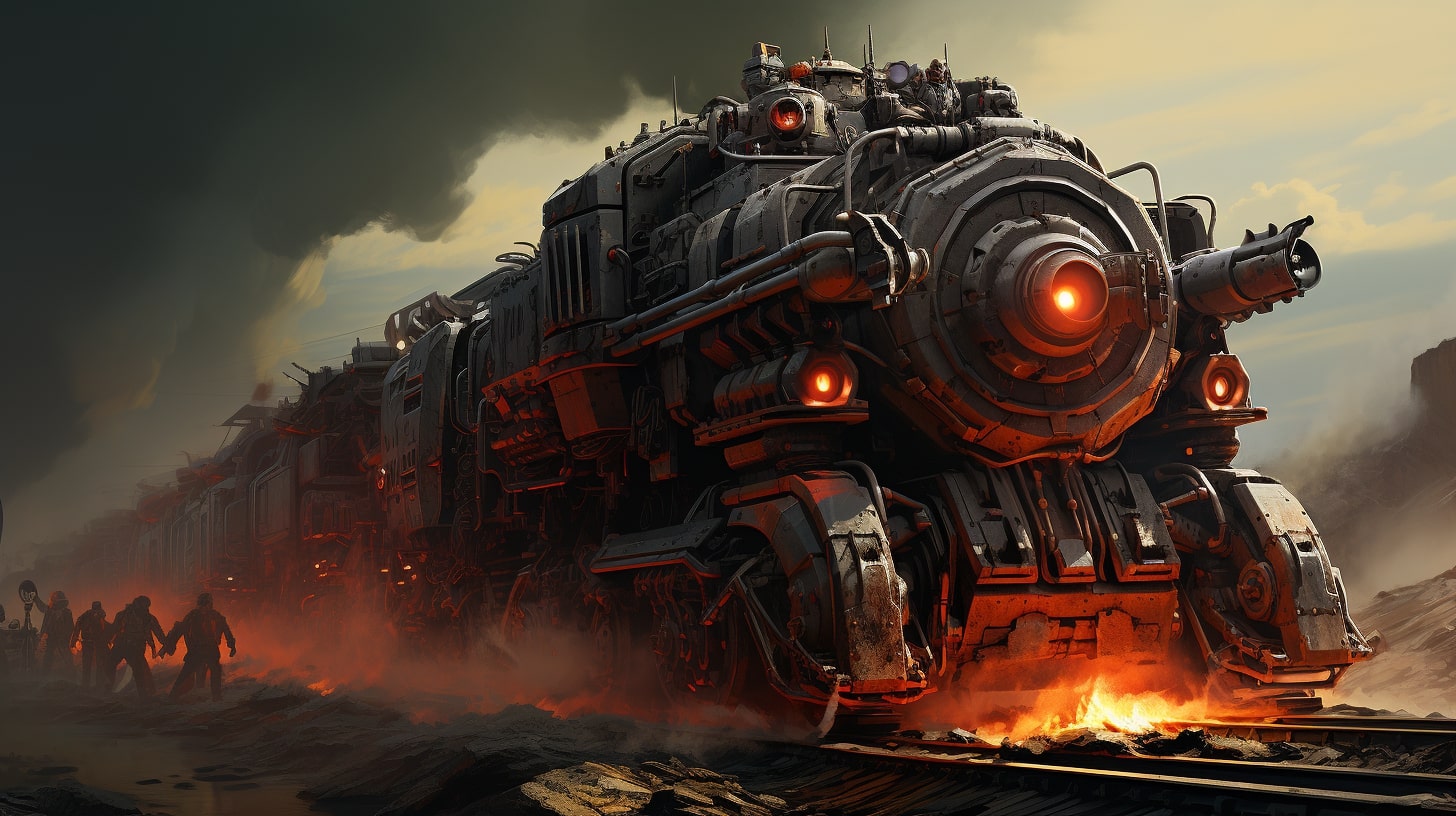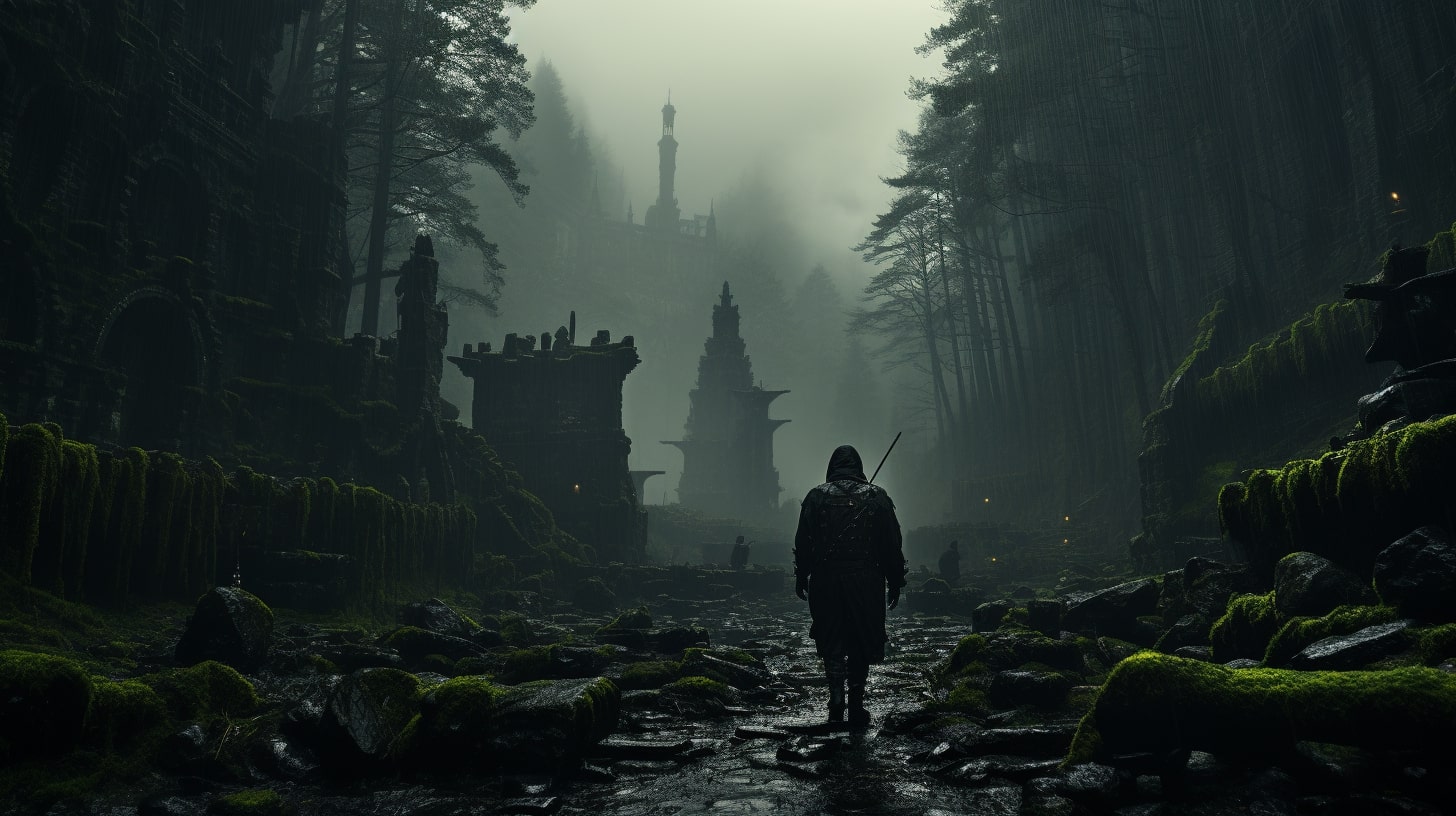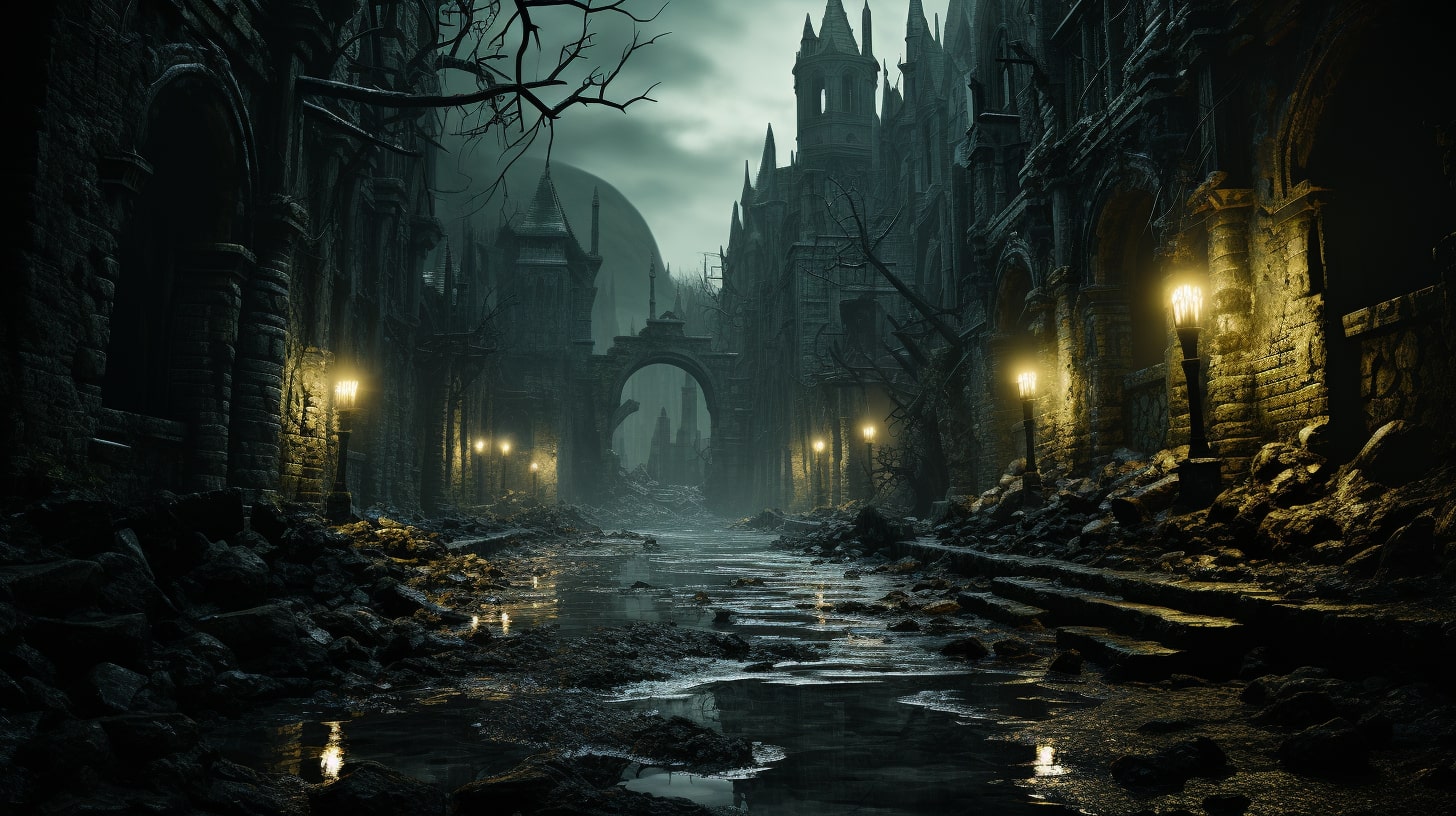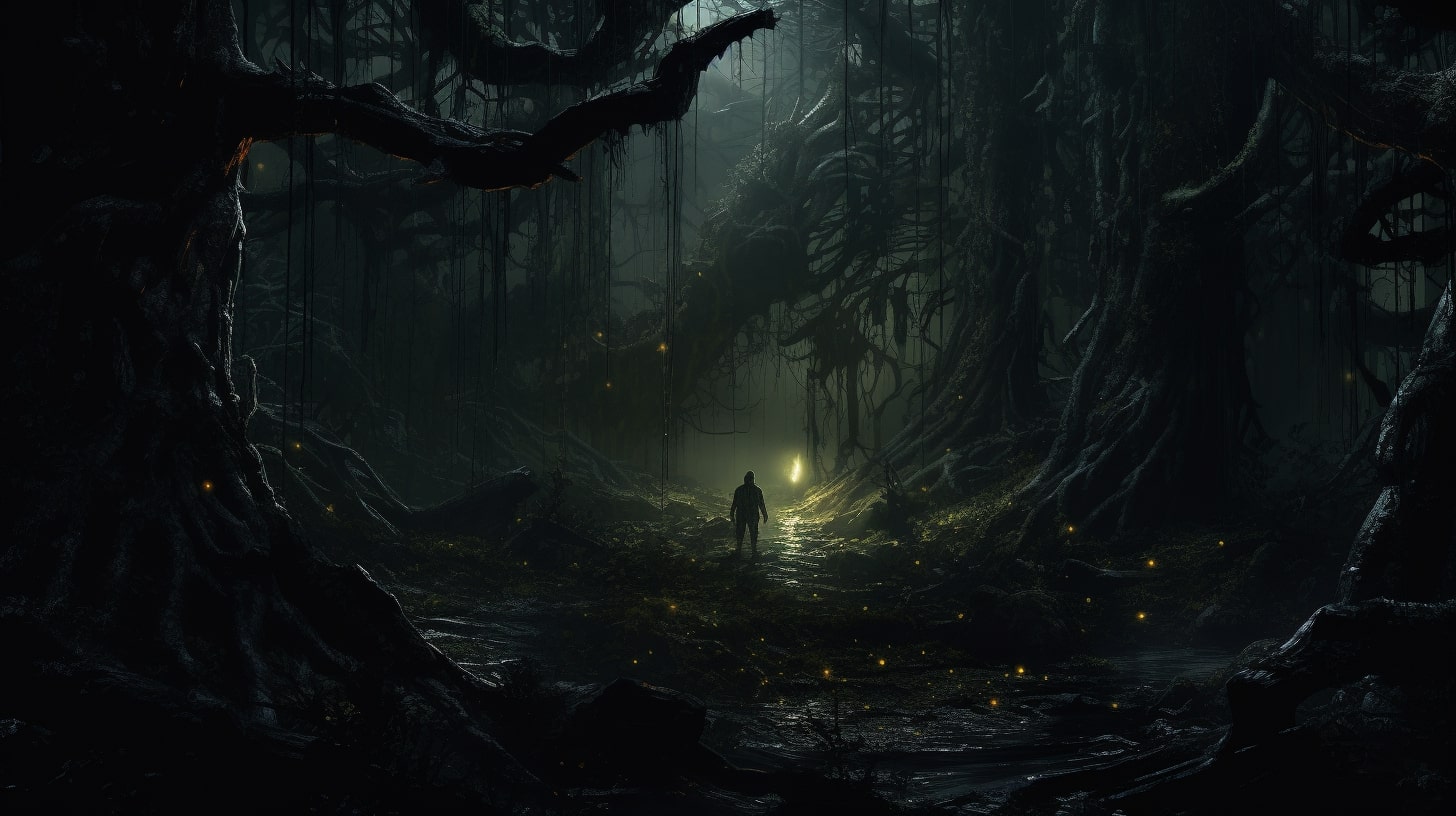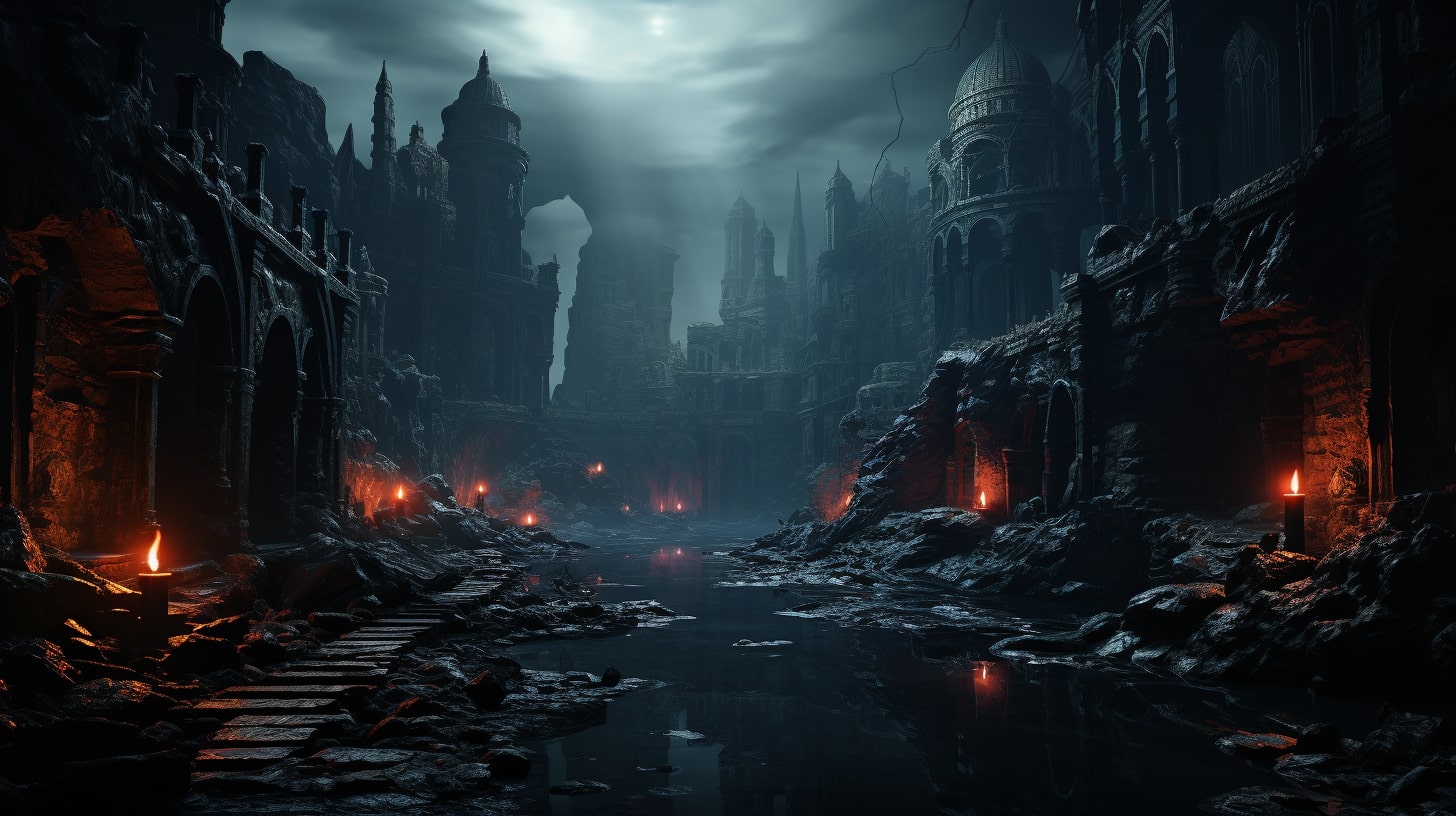The Art of Worldbuilding
When you embark on the journey of writing a fantasy book, one of the most captivating aspects is worldbuilding. It is the process of creating a rich and detailed imaginary world that serves as the backdrop for your story. This intricate craft brings life to your characters, cultures, landscapes, and everything in between.
But it can be hard to get started with worldbuilding if you don’t know what you’re doing. And even if you do know what you’re doing it’s easy to get stuck.
This is where worldbuilding prompts can come in handy.
What is Worldbuilding?
Worldbuilding is the act of constructing and fleshing out a fictional world. It involves developing various aspects such as geography, history, cultures, magic systems, and more. The goal is to create a cohesive and believable world that captivates your readers and immerses them in the story.
By crafting a well-developed world, you provide a solid foundation for your story to unfold. From the tiniest details to the grandest concepts, worldbuilding allows you to create a unique and captivating setting that draws readers in and keeps them engaged.
The Importance of Worldbuilding in Fantasy Books
In the realm of fantasy literature, worldbuilding plays a pivotal role. It sets the stage for your characters’ adventures, enables suspension of disbelief, and adds depth and richness to your storytelling.
A well-built world not only enhances the reading experience but also allows you as an author to explore complex themes, tackle social issues, and create narratives that resonate with readers. The intricacies of your world, from its cultures and history to its magic systems and conflicts, can serve as powerful metaphors or reflections of our own world.
Through worldbuilding, you have the opportunity to transport your readers to a place where imagination knows no bounds. By creating a vivid and immersive environment, you invite them to escape reality and become fully invested in your story.
Now that we’ve explored the importance of worldbuilding, let’s delve into how you can use worldbuilding prompts to inspire and guide your creative process.

Worldbuilding Prompts: How to Create Inspiration
If you’re a fantasy author looking to create a rich and immersive world for your readers, worldbuilding prompts are an invaluable tool in your creative process. These prompts serve as prompts, ideas, or questions that can inspire and guide you as you develop the intricate details of your fictional world.
What are Worldbuilding Prompts?
Worldbuilding prompts are thought-provoking questions or prompts designed to stimulate your imagination and help you explore different aspects of your fictional world. They cover a wide range of topics, including setting, culture, magic systems, characters, and conflicts. By answering these prompts, you can delve deeper into your world’s intricacies and uncover unique elements that make it come alive.
Worldbuilding prompts can be found in various forms, such as writing exercises, checklists, or even interactive tools. They provide a starting point, a spark of inspiration that propels your creativity and aids in fleshing out your world. Whether you’re a seasoned writer or just starting your worldbuilding journey, prompts can help unlock new ideas and perspectives.
Benefits of Using Prompts for Worldbuilding
Using worldbuilding prompts has several benefits for authors:
Idea Generation: Prompts can help jump-start your creative process and generate new ideas. They provide a framework for thinking about different aspects of your world, allowing you to explore uncharted territories and unique concepts.
Consistency and Coherence: By answering prompts across different categories, you ensure that your world remains consistent and coherent. Prompts can help you identify connections between different elements, ensuring that your world feels like a cohesive and believable entity.
Exploration of Different Perspectives: Prompts can encourage you to think from different perspectives, such as the viewpoints of various characters or cultures within your world. This helps you develop well-rounded and diverse elements, adding depth and richness to your storytelling.
Overcoming Writer’s Block: When faced with writer’s block, prompts can serve as a lifeline, sparking new ideas and breaking through creative barriers. They offer a structured approach to brainstorming, giving you a starting point when you’re feeling stuck.
To make the most of worldbuilding prompts, it’s important to dive deep into the prompts, answering them with detail and imagination. Consider the implications of your answers and how they shape the world you’re building. Additionally, making connections between different prompts can add layers of complexity and realism to your world. For example, a prompt about the climate of your world may influence the geography, culture, and even the history of your fictional societies.
While worldbuilding prompts are an excellent starting point, don’t forget to incorporate your own ideas and inspiration. Use the prompts as a springboard to unleash your creativity and bring your unique vision to life. By combining prompts with your personal touch, you can create a world that captivates readers and transports them to a realm of wonder and imagination.
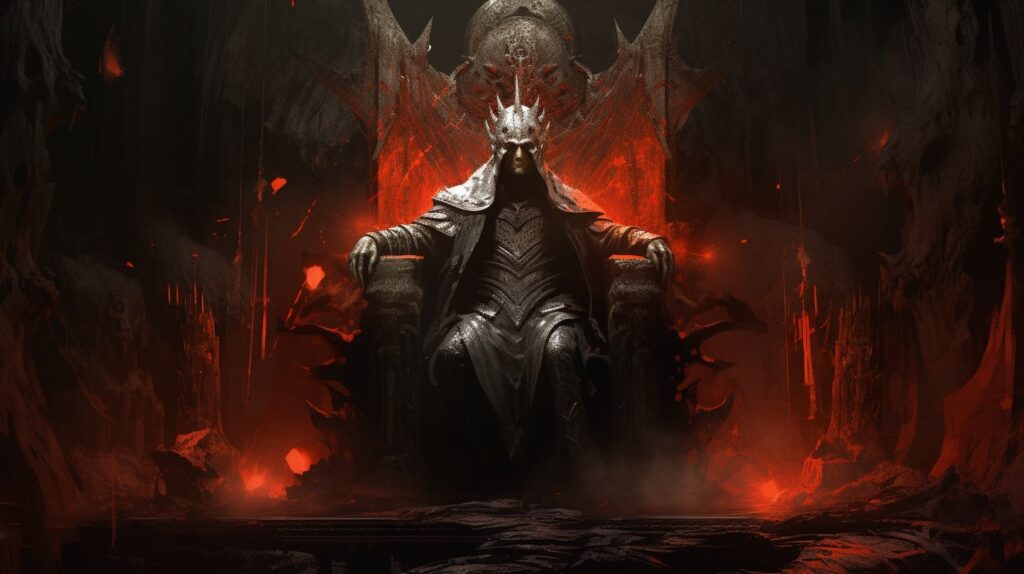
Types of Worldbuilding Prompts
When it comes to worldbuilding prompts, there are various categories that can help you explore different aspects of your fictional world. Each type of prompt offers unique insights and encourages you to think deeply about different elements. Here are some common types of worldbuilding prompts:
Setting Prompts
Setting prompts focus on the physical environment of your world. They can help you develop the geographical features, climate, landscapes, and even architectural styles of different regions within your world. By answering setting prompts, you can create a vivid and immersive world that feels realistic and engaging. For more ideas on setting prompts, check out our article on worldbuilding geography.
Culture and Society Prompts
Culture and society prompts delve into the social structures, customs, traditions, and values of the people in your world. They explore the relationships between different groups, such as races, religions, or factions within your fictional society. By answering these prompts, you can create rich and diverse cultures that add depth and authenticity to your world. Our article on worldbuilding cultures offers additional insights and prompts to help you in this aspect.
Magic System Prompts
If your world incorporates magic, magic system prompts are essential. These prompts help you define the rules, limitations, and intricacies of your magic system.
They explore the source of magic, its various forms, and how it is accessed and utilized.
By answering magic system prompts, you can create a magic system that is internally consistent and adds an extra layer of wonder to your world. Check out our article on worldbuilding magic system for more inspiration.
When thinking about the magic system within Myth Dawn, I had to think of a creative use of elemental magic that involved the seasons.
Character Prompts
Character prompts focus on the individuals who inhabit your world. They help you develop well-rounded and compelling characters by exploring their backgrounds, motivations, relationships, and personal journeys. By answering character prompts, you can bring your characters to life and make them relatable to your readers. For more ideas on character prompts, visit our article on worldbuilding characters.
Conflict and Plot Prompts
Conflict and plot prompts revolve around the challenges, conflicts, and storylines that drive your narrative. They help you develop intriguing plots, create tension, and explore the conflicts that arise within your world. By answering these prompts, you can ensure that your story has compelling conflicts and engaging plotlines that keep your readers hooked. Our article on worldbuilding for fantasy offers additional insights and prompts to help you in this aspect.
By exploring these different types of worldbuilding prompts, you can systematically develop your fictional world from various angles. Remember to dive deep into each prompt, making connections between different elements, and building consistency throughout your world. Let your creativity flow, and enjoy the adventure of crafting a unique and captivating world for your readers to explore.
How to Use Worldbuilding Prompts Effectively
To make the most of worldbuilding prompts, it’s important to dive deep into the prompts and make connections to build consistency within your fictional world.
Diving Deep into the Prompts
When you come across a worldbuilding prompt, take the time to fully explore and understand its implications. Don’t settle for surface-level answers; instead, delve deeper to uncover the nuances and intricacies of your world.
Consider the different aspects of the prompt and how they can shape your world. For example, if the prompt focuses on the geography of your world, think about the impact it has on the climate, the types of flora and fauna, and the availability of resources. By exploring these connections, you can create a more immersive and believable world.
Remember, worldbuilding prompts serve as a starting point for your imagination. Use them as a guide to spark your creativity and let your ideas flow. Don’t be afraid to think outside the box and add unique twists to the prompts to make them truly your own.
Making Connections and Building Consistency
As you work with multiple worldbuilding prompts, it’s essential to make connections between different aspects of your world and ensure consistency throughout. Your world should feel like a coherent and interconnected entity rather than a collection of random ideas.
For example, if you have a prompt about the magic system in your world and another prompt about the cultures and societies, think about how these two aspects can influence and shape each other. How does magic impact the social hierarchy or religious beliefs? How do different cultures utilize magic in their daily lives? By establishing these connections, you create a more immersive and believable world for your readers to explore.
Consistency is key in worldbuilding. Ensure that the elements you introduce in one prompt align with the broader context of your world. This includes consistency in geography, history, technology, and other aspects. By maintaining consistency, you create a world that feels authentic and allows readers to fully immerse themselves in the story.
Remember, worldbuilding prompts are just a tool to help you in the creative process. Feel free to mix and match prompts, incorporate your own ideas and inspiration, and adapt them to suit your specific needs. The goal is to build a rich and captivating world that serves as the backdrop for your story.
By diving deep into the prompts and making connections to build consistency, you can effectively use worldbuilding prompts to create a vibrant and compelling fictional world. Let your imagination run wild and enjoy the journey of bringing your world to life.
Worldbuilding Beyond Prompts
While worldbuilding prompts are an invaluable tool for sparking creativity and guiding your worldbuilding process, it’s important to remember that they are just the beginning. To truly bring your world to life, you should incorporate your personal ideas and inspiration while adding depth and realism to your creation.
Incorporating Personal Ideas and Inspiration
Worldbuilding prompts provide a solid foundation, but don’t be afraid to infuse your own unique ideas and inspirations into your world. Draw from your experiences, interests, and imagination to create elements that resonate with you and make your world truly original.
Consider incorporating personal touches such as unique cultural traditions, landmarks inspired by real-world locations, or characters inspired by people you know. These personal touches can add depth and authenticity to your world, making it feel more relatable and engaging for both you and your readers.
Adding Depth and Realism to Your World
To make your world feel more realistic and immersive, it’s important to go beyond the surface level details provided by prompts. Dive deeper into the various aspects of your world, such as its history, geography, politics, and technology. Develop the nuances and intricacies that make your world rich and believable.
For example, when designing the cities in your world, consider factors like architecture, urban planning, and the social dynamics of different neighborhoods. Create a detailed timeline that outlines significant events and the impact they had on the world’s development. Flesh out the political systems, including the governing bodies, laws, and conflicts that shape your world.
By adding these layers of complexity and realism, you create a world that feels lived-in and dynamic. This attention to detail will captivate your readers and immerse them in the world you’ve created.
Remember that worldbuilding is a continuous process, and it’s perfectly fine to revisit and refine your ideas as your story unfolds. Stay true to your vision while remaining open to new possibilities and inspirations along the way. Your personal touch and attention to detail will make your world a truly captivating and memorable place.
For more guidance and resources on worldbuilding, check out our articles on worldbuilding ideas, worldbuilding guide, and worldbuilding tips.




